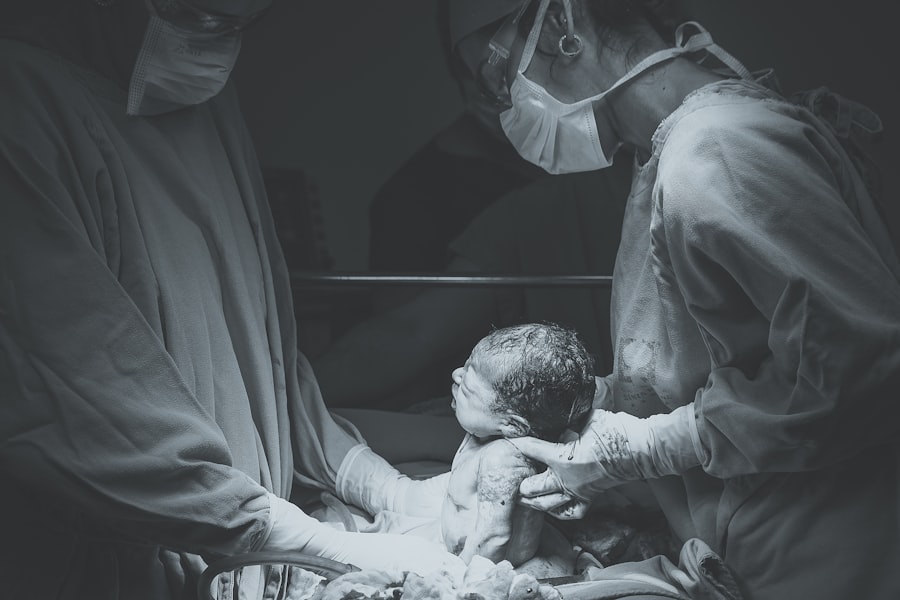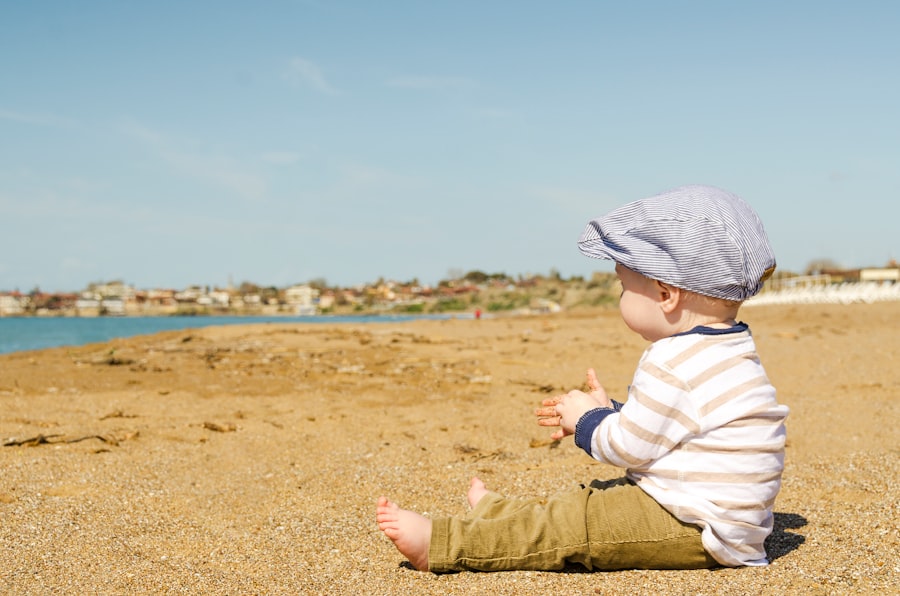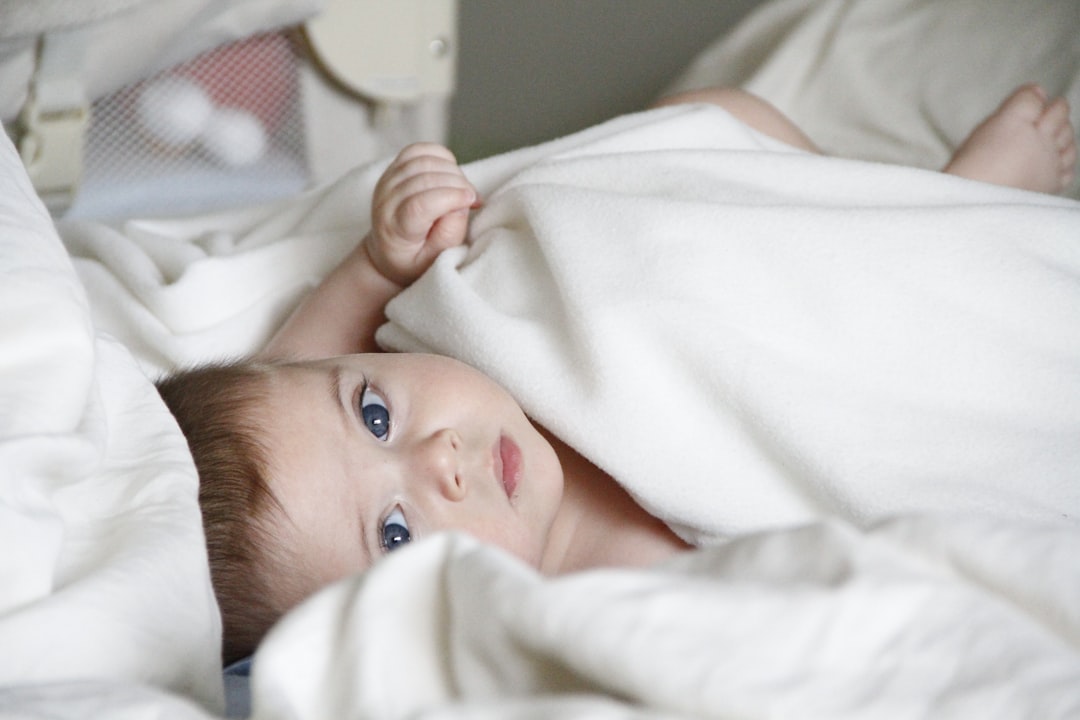When you think of Godzilla, the image that often comes to mind is that of a towering, fearsome creature, wreaking havoc on cities and battling other monsters. However, the introduction of Baby Godzilla brought a fresh perspective to the franchise. Baby Godzilla first appeared in the 1993 film “Godzilla vs.
Mechagodzilla II,” where he was presented as a young version of the iconic monster. This character was not merely a smaller version of Godzilla; he was imbued with a sense of innocence and vulnerability that contrasted sharply with the destructive nature of his adult counterpart. The decision to introduce Baby Godzilla was a bold move, aimed at expanding the narrative possibilities within the series and appealing to a broader audience, including younger viewers.
The origins of Baby Godzilla can be traced back to the need for a character that could embody both the legacy of Godzilla and the potential for growth and redemption. In many ways, Baby Godzilla serves as a symbol of hope amidst chaos. His introduction allowed filmmakers to explore themes of family, protection, and the struggle between nature and nurture.
As you delve into the storylines featuring Baby Godzilla, you begin to see how this character represents a new generation of monsters—one that can evoke empathy rather than fear. This shift in focus not only enriched the narrative but also opened up avenues for deeper character development and emotional engagement.
Key Takeaways
- Baby Godzilla was first introduced in the 1993 film “Godzilla vs. Mechagodzilla II” as the offspring of the iconic monster Godzilla.
- Over the years, Baby Godzilla has evolved from a cute and playful character to a more powerful and independent creature, known as Little Godzilla and then Godzilla Junior.
- Baby Godzilla possesses unique abilities such as emitting atomic breath and telepathic communication, making it a formidable force in the Godzilla universe.
- Baby Godzilla’s presence has significantly impacted the plot and storyline of the series, often serving as a catalyst for Godzilla’s actions and decisions.
- The relationship between Baby Godzilla and the human characters is characterized by a sense of protectiveness and empathy, as they strive to ensure the creature’s safety and well-being.
Baby Godzilla’s Evolution and Growth
As you follow Baby Godzilla’s journey throughout the series, you witness a remarkable evolution that mirrors the complexities of growing up. Initially portrayed as a playful and somewhat naive creature, Baby Godzilla gradually matures into a more formidable presence. This transformation is not just physical; it encompasses emotional growth as well.
You see him grappling with his identity, learning from his experiences, and ultimately embracing his role as a protector of both his kind and humanity. This evolution resonates with audiences, as it reflects the universal journey of growing up and finding one’s place in the world. The filmmakers cleverly utilized Baby Godzilla’s growth to explore various themes, such as responsibility and sacrifice.
As he faces challenges alongside his adult counterpart, you can sense the weight of expectation on his shoulders. The stakes are high, and Baby Godzilla must learn to harness his abilities while navigating the complexities of relationships with other characters. This growth is not just about becoming stronger; it’s about understanding the consequences of power and the importance of making choices that reflect one’s values.
By witnessing Baby Godzilla’s journey, you are reminded that growth often comes with trials and tribulations, making his character arc all the more compelling.
Baby Godzilla’s Unique Abilities and Characteristics

What sets Baby Godzilla apart from other monsters in the franchise are his unique abilities and characteristics that add depth to his persona. Unlike his adult form, which is primarily known for its sheer destructive power, Baby Godzilla possesses a blend of agility and charm that makes him endearing to audiences. His ability to emit a smaller version of the iconic atomic breath showcases his potential while also emphasizing his youthfulness.
This ability serves as a reminder that even the smallest creatures can have significant impacts when they learn to harness their strengths. In addition to his physical abilities, Baby Godzilla’s emotional intelligence plays a crucial role in his character development. You notice how he forms bonds with other characters, displaying empathy and compassion that are often absent in traditional monster portrayals.
This emotional depth allows viewers to connect with him on a personal level, making his struggles and triumphs resonate more profoundly. As you watch him navigate friendships and conflicts, you realize that Baby Godzilla embodies qualities that transcend mere monster tropes—he is relatable, vulnerable, and ultimately heroic in his own right.
Baby Godzilla’s Impact on the Series’ Plot and Storyline
| Impact | Description |
|---|---|
| Introduction of a new character | Baby Godzilla’s arrival adds a new dynamic to the series’ storyline. |
| Conflict resolution | Baby Godzilla’s presence leads to the resolution of conflicts within the series. |
| Character development | Other characters’ relationships and personalities are influenced by Baby Godzilla’s impact. |
| Plot twists | Baby Godzilla’s actions and decisions contribute to unexpected plot twists. |
Baby Godzilla’s presence significantly alters the dynamics of the series’ plot and storyline. His introduction creates new narrative possibilities that enrich the overall mythos of Godzilla. Rather than simply being a destructive force, Baby Godzilla becomes a catalyst for change, prompting characters to confront their fears and biases about monsters.
His interactions with both allies and adversaries challenge preconceived notions about what it means to be a monster, leading to more nuanced storytelling. Moreover, Baby Godzilla often serves as a bridge between humans and monsters, fostering understanding in situations where conflict seems inevitable. You can see how his innocence prompts characters to reconsider their motivations and actions, leading to moments of introspection and growth.
This impact extends beyond individual story arcs; it influences the overarching themes of coexistence and acceptance within the franchise. By integrating Baby Godzilla into key plotlines, filmmakers have successfully expanded the narrative scope while maintaining the core essence of what makes Godzilla compelling.
The Relationship Between Baby Godzilla and the Human Characters
The relationship between Baby Godzilla and human characters is one of the most poignant aspects of his story arc. Unlike traditional monster narratives where humans are often portrayed as mere victims or antagonists, Baby Godzilla’s interactions reveal a more complex dynamic. You witness moments where human characters act as mentors or protectors, guiding him through challenges while also learning from him in return.
This reciprocal relationship adds layers to both Baby Godzilla’s character and those around him. As you observe these interactions unfold, you realize that they often serve as metaphors for broader societal issues—such as acceptance, understanding, and the importance of nurturing future generations. The bond between Baby Godzilla and human characters highlights the potential for harmony between species, suggesting that empathy can bridge even the widest divides.
This theme resonates deeply with audiences, encouraging them to reflect on their own relationships with others—be they human or otherwise—and consider how compassion can lead to positive change.
Baby Godzilla’s Influence on the Franchise’s Fanbase

Baby Godzilla has undeniably left an indelible mark on the franchise’s fanbase. His unique blend of charm and vulnerability has endeared him to audiences across generations, creating a dedicated following that appreciates his role in expanding the Godzilla mythos. Fans often celebrate Baby Godzilla not just as a character but as an embodiment of hope within a world filled with chaos.
This connection has fostered a sense of community among fans who share their love for this character through art, fan fiction, and discussions. Moreover, Baby Godzilla’s appeal has transcended age demographics, attracting younger viewers while still resonating with long-time fans of the franchise. His presence has sparked conversations about representation in media—how characters can be multifaceted rather than fitting into rigid archetypes.
As you engage with fellow fans, you may find that discussions about Baby Godzilla often lead to deeper explorations of themes such as identity, belonging, and the complexities of growing up in an unpredictable world.
The Future of Baby Godzilla in the Series
As you look ahead to the future of Baby Godzilla in the series, there is much anticipation surrounding how filmmakers will continue to develop this beloved character. Given his rich backstory and emotional depth, there are countless avenues for exploration that could further enhance his narrative arc. Whether through new adventures or deeper connections with other characters, Baby Godzilla has the potential to evolve in ways that keep audiences engaged while remaining true to his roots.
The franchise has shown a willingness to innovate over time, so it’s likely that Baby Godzilla will continue to play a pivotal role in upcoming films or series adaptations. You might envision scenarios where he takes on new challenges or even mentors younger monsters himself—passing on lessons learned from his own experiences. The possibilities are endless, and as fans eagerly await what’s next for Baby Godzilla, there’s an underlying sense of excitement about how this character will continue to shape the future of the franchise.
The Legacy of Baby Godzilla in Popular Culture
Baby Godzilla’s legacy extends far beyond the confines of film; he has become an iconic figure within popular culture itself. His unique design and relatable characteristics have inspired merchandise ranging from toys to clothing, allowing fans to express their affection for this character in various ways. You may find yourself drawn to collectibles or memorabilia that celebrate Baby Godzilla’s charm—each piece serving as a reminder of his impact on your own life.
Furthermore, Baby Godzilla has influenced other media beyond film—appearing in video games, animated series, and even comic books. His presence in these diverse formats speaks to his versatility as a character who resonates with audiences across different platforms. As you engage with various forms of media featuring Baby Godzilla, you recognize how he has become a symbol not just of monster lore but also of resilience and hope—a legacy that will undoubtedly endure for years to come.
In conclusion, Baby Godzilla stands as a testament to the power of storytelling within the franchise. His origins rooted in innocence, evolution marked by growth, unique abilities that endear him to fans, and profound relationships with human characters all contribute to a rich tapestry that continues to captivate audiences worldwide. As you reflect on his journey through time and media, it becomes clear that Baby Godzilla is more than just a character; he is an enduring symbol of hope amidst chaos—a legacy that will continue to inspire generations to come.
